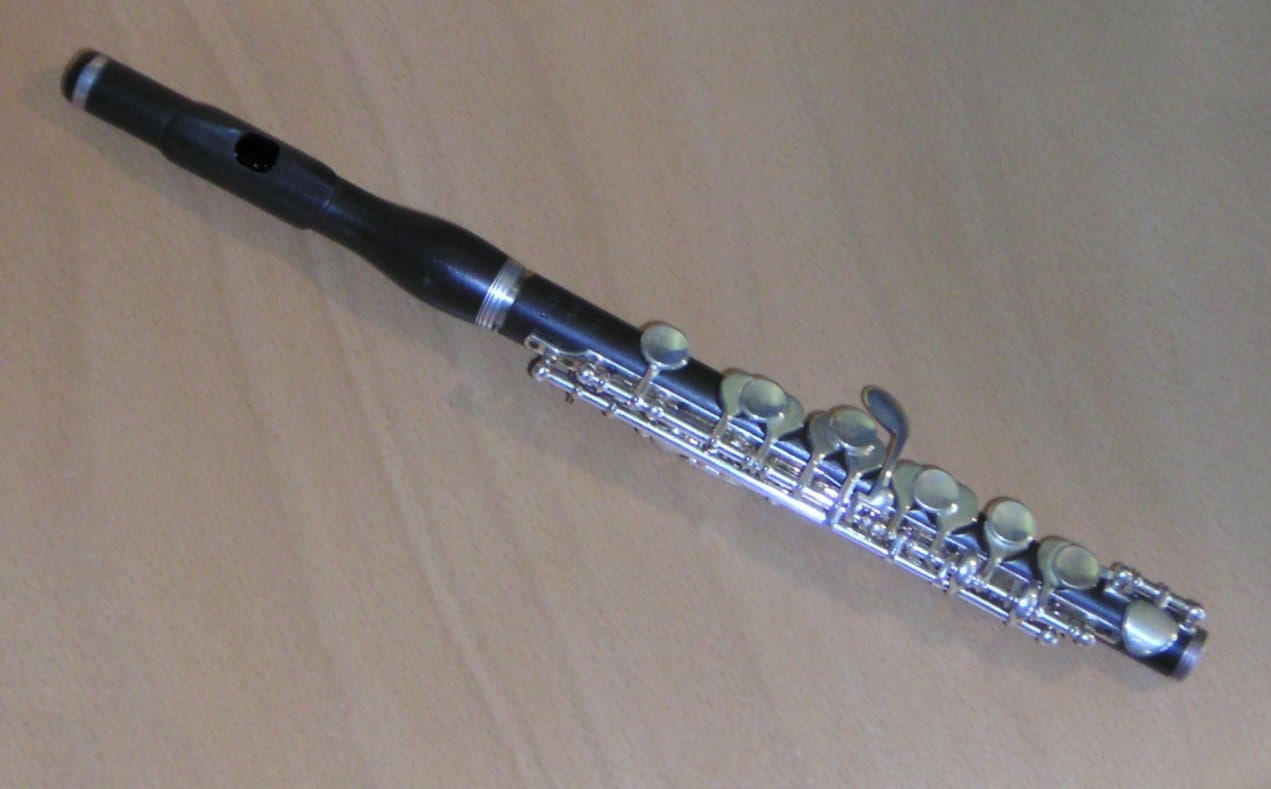This guide unlocks the secrets to playing softly and continuously on the flute or horn, helping musicians of all levels refine their technique and achieve nuanced musical expression.
Mastering Soft Dynamics on Wind Instruments
Playing softly and continuously on wind instruments like the flute or horn requires finesse and control. It’s a skill that opens a world of musical expression, allowing for delicate melodies and subtle harmonies. This guide explores essential techniques and troubleshooting tips to help you master this art.
Breathing Fundamentals
Breath control forms the foundation of soft playing. Diaphragmatic breathing, where the diaphragm expands during inhalation and controls the release of air during exhalation, is crucial. This technique provides consistent air pressure, essential for a sustained, resonant sound, even at low volumes. For a more in-depth look at related topics, check out the plains tribe crossword.
Shaping Tone with Embouchure
Your embouchure – how you shape your mouth and lips – significantly impacts dynamic control. Flutists should aim for a smaller aperture and focused airstream, similar to gently blowing through a straw. Horn players may find a more relaxed embouchure and slightly higher mouthpiece placement beneficial. Experimentation is key to discover what works best for you.
Vibrato: A Delicate Touch
Vibrato, the subtle pulsation in your sound, can add warmth and expression to soft playing. However, excessive vibrato can overwhelm delicate passages. A slower vibrato rate and smaller amplitude create gentle warmth without overpowering the melody.
Fingering for Seamless Transitions
Clean and consistent fingering is essential for maintaining even dynamics. Light yet firm key presses ensure smooth transitions between notes, preserving the desired softness and melodic clarity. Slow, deliberate practice of scales and arpeggios develops fingering precision. If you’re interested in project management, you might find the latest PMBOK 7th edition PDF helpful.
Troubleshooting Common Challenges
Mastering soft playing presents unique challenges. Here are some common issues and potential solutions:
| Challenge | Possible Solutions |
|---|---|
| Maintaining Resonance | Consistent air support and efficient embouchure are essential. Long tones and lip slurs (for brass) are valuable exercises. |
| Intonation | Soft playing can sometimes influence intonation. Regularly use a tuner and listen attentively to your pitch. Adjust embouchure and air pressure as needed. |
| Orchestral Balance | Blend with other instruments through careful listening and dynamic adjustments. Practicing with recordings or other musicians enhances this skill. |
| Air Leaks (Flute) | Ensure proper hand and finger positioning to cover all the necessary holes. Using a mirror may help identify and correct leaks. |
| Mouthpiece Pressure (Horn) | Experiment to find a balance between optimal tone production and playing comfort. |
Ongoing Research and Exploration
Research into wind instrument acoustics and playing techniques continues to evolve. Some musicians are exploring alternative breathing and embouchure techniques for greater control over soft dynamics. The “perfect” technique likely varies depending on the individual and their instrument, so experimentation is encouraged.
Decoding Dynamics: Mastering Soft Playing Techniques on the Flute
The word for playing softly on a flute, and most other instruments, is piano, Italian for “soft.” In sheet music, it’s abbreviated as p. While piano is the standard term, mezzo piano (mp) denotes moderately soft, and pianissimo (pp) indicates very soft. These gradations allow musicians to create subtle dynamic variations.
Soft playing on the flute goes beyond simply lowering the volume. It requires a delicate touch and careful control of several elements:
Air Stream Mastery: A steady, focused air stream, even at low volumes, is essential for a resonant tone.
Sound Shaping: Subtle adjustments to your mouth and lips, which act like a nozzle directing air onto the blowing edge, are crucial for shaping a softer sound.
Vibrato Control: While vibrato adds warmth and expression, too much can overpower soft passages. Subtle vibrato enhances the tone without being overwhelming.
Gentle Touch: A gentle yet firm touch on the keys ensures even dynamics and clarity.
Consistent Air Support: Proper air support, engaging your diaphragm, provides the foundation for a resonant and controlled soft sound.
Tuning Precision: Regular tuning is vital as soft playing can mask subtle intonation differences.
Active Listening: In ensembles, soft playing requires listening carefully to other instruments for a balanced blend.
Soft playing is arguably more challenging than playing loudly, demanding a high degree of control and finesse. While there’s no single secret, consistent practice and attention to detail are key. This skill adds depth and expressiveness, allowing you to communicate a wider range of emotions and musical ideas.
Ongoing research continues to explore the physiological aspects of soft playing, investigating the intricacies of breath control, embouchure, and muscle interaction. This research may lead to more effective teaching methods and a deeper understanding of sound production on the flute. While much is understood, there’s always more to discover. This continuous exploration makes music a dynamic and evolving art form.
Tootle Away: Mastering Soft, Sustained Notes on Flute and Horn
“Tootling” describes the gentle, sustained sound produced by softly playing a wind instrument. It’s more than just blowing air; it’s about captivating the listener with a mellow, continuous melody.
Here’s how to achieve this enchanting effect on the flute or horn:
1. Embouchure Control: A relaxed embouchure is essential for a free-flowing, resonant tone. Avoid squeezing the lips too tightly, which restricts airflow and produces a thin sound.
2. Breathing Fundamentals: Deep, controlled breaths provide the foundation for a smooth, consistent tone. Avoid short, shallow breaths.
3. Air Support: Engage your diaphragm to provide a steady stream of air, allowing you to sustain soft notes without straining your embouchure. Visualizing the air flowing through the instrument can aid in efficient air support.
4. Fingering Finesse: Proper fingering is crucial. Each note, especially in the lower register, has an ideal fingering for optimal resonance. Experiment with alternate fingerings, particularly on the flute, to achieve the desired tone quality in softer ranges.
Pros and Cons of Different Approaches:
| Approach | Pros | Cons |
|---|---|---|
| Relaxed Embouchure | Fuller, richer tone; less strain | Initially challenging to maintain; requires dedicated practice |
| Tight Embouchure | Easier control in higher registers | Thinner, less resonant tone; increased physical strain |
| Diaphragmatic Breathing | Consistent airflow; better support for sustained notes | Requires conscious effort and practice |
| Shallow Breathing | Easier initially | Limited air supply; difficulty sustaining notes; uneven tone quality |
The science of sound production is continually evolving. Research into subtle changes in throat position and the tongue’s role in shaping airflow is ongoing. There’s no single answer, and what works for one may not work for another. The journey of discovering your optimal technique is a personal one.
The quest for the perfect soft tone is a journey, not a destination. Be patient, experiment, and listen attentively to your sound. Don’t hesitate to seek advice from experienced players. Remember that even the greatest musicians are constantly refining their techniques. The ability to tootle with grace and control deepens your musical expression.
Tootle: Unpacking the Nuances of a Gentle Tune
“Tootle” describes the light, airy, and often repeated sound produced by gently playing a wind instrument, often a flute or horn. It also describes a casual, leisurely journey.
Creating this sustained, gentle tone requires a combination of techniques:
1. Breath Mastery: A consistent, even airflow, without forcing, is crucial.
2. Embouchure Shaping: Flutists may use a smaller opening, while horn players might relax their embouchure. The goal is to find the sweet spot for effortless airflow and a gentle tone.
3. Vibrato Refinement: A lighter touch with vibrato – a slower rate and smaller amplitude – adds warmth without overpowering the delicate tone.
4. Fingering Precision: Gentle yet firm touches and clean transitions between notes ensure even dynamics and clarity.
Advantages of Soft Playing:
Pros:
Enhanced Musicality: Soft playing unlocks subtle phrasing, delicate melodies, and nuanced emotional expression.
Improved Intonation: It demands precise control over breath and embouchure, leading to better intonation.
Develops Overall Control: Mastering soft playing strengthens overall technique.
Cons:
Projection Challenges: Soft playing can be difficult to project in larger spaces.
Requires Patience and Practice: Mastering this skill takes time and dedication.
DoctorFlute reminds us, “Playing softly is a totally different skill than playing loudly… [it] still has to carry. Generally, students think that playing softly entails squeezing. The embouchure is squeezed until tone can barely come out at all.” This emphasizes avoiding the common pitfall of constricting airflow.
While we’ve covered the basics, the art of soft playing is an ongoing journey. Ongoing research continues to explore breath control and embouchure, with new techniques constantly developing. The field is evolving, so further exploration is encouraged.
Remember, what works for one musician might not work for another. Experiment, listen to your instrument, and find what feels natural and produces the desired sound. “Tootling” isn’t just about making a quiet sound; it’s about creating a nuanced, controlled, and expressive musical experience. It’s a skill that requires patience, practice, and a willingness to explore the subtle intricacies of your instrument.
- The Architect of a Conservative Court: Carrie Campbell Severino and the Reshaping of the American Judiciary - November 22, 2024
- Charles Ballay’s 2024 Libertarian Presidential Run: A Look at the California Primary Victor - November 22, 2024
- Gallia County Sheriff’s Office: Your Guide to Services, Contact Information, and Community Updates - November 22, 2024














